On this two week, multi-country, safari you will listen to lions roaring at dawn in the Masai Mara National Reserve, walk alongside giraffe, zebra and a host of others in the Nashulai Maasai Conservancy, discover the stunning Loita forests, snap photos of flocks of flamingos in the Rift Valley lakes, and finish off by coming eyeball to eyeball with chimpanzees in Uganda. Alongside the incredible wildlife encounters you will also get to meet the people who call these parts of East Africa home and learn about how African conservation really works. There will be talks with conservancy rangers, bird surveys with ornithologists, the chance to learn about traditional Maasai culture, meaningful community visits and even a visit to a cut flower farm.
Itinerary
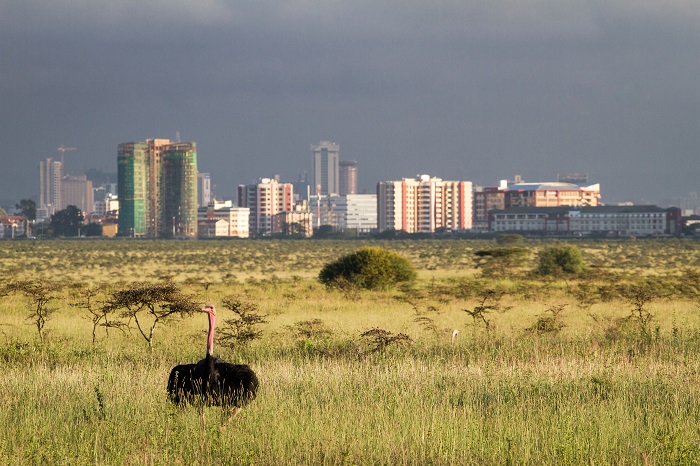 We start our Kenyan adventure with a city tour of Nairobi. Don’t however, expect to see the classic tourist sites on this tour, because this is a city tour with a difference. Sadly, Nairobi has a huge ‘street kids’ population (children who live on the streets and survive on their wits). Nashulai are working with various groups to improve the opportunities of such children and our city tour is led by former street kids and as they show you around the city they grew up in they will give you the story of their lives, how they ended up on the streets and how they survived. As well as seeing the city through their eyes they will take you to eat in a local restaurant. This is a very personalised experience with one guide to every two guests. In the afternoon we give you the option of either visiting the giraffe centre and doing some urban bird-watching. Or you can visit the superb Nairobi National Park. With a backdrop of city centre tower blocks this is a national park unlike any other in Kenya. Surprisingly under visited and much wilder than you might expect, this is a very good place to see black rhinos. Lion are also fairly common and there’s plenty of plains game.
We start our Kenyan adventure with a city tour of Nairobi. Don’t however, expect to see the classic tourist sites on this tour, because this is a city tour with a difference. Sadly, Nairobi has a huge ‘street kids’ population (children who live on the streets and survive on their wits). Nashulai are working with various groups to improve the opportunities of such children and our city tour is led by former street kids and as they show you around the city they grew up in they will give you the story of their lives, how they ended up on the streets and how they survived. As well as seeing the city through their eyes they will take you to eat in a local restaurant. This is a very personalised experience with one guide to every two guests. In the afternoon we give you the option of either visiting the giraffe centre and doing some urban bird-watching. Or you can visit the superb Nairobi National Park. With a backdrop of city centre tower blocks this is a national park unlike any other in Kenya. Surprisingly under visited and much wilder than you might expect, this is a very good place to see black rhinos. Lion are also fairly common and there’s plenty of plains game.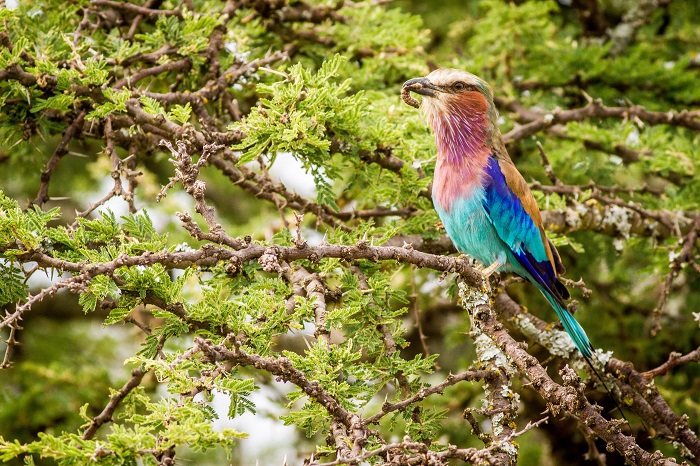 Drive to Lake Naivasha (3hrs) in the Rift Valley. This huge freshwater lake is known for its superb birdlife and large population of hippos. On arrival at our accommodation (which is on a farm) we will settle in, have lunch surrounded by colourful tropical birds and zebra and then go for an afternoon cycle or hike through Hells Gate National Park, which has large numbers of gazelle, antelope, zebra, giraffe and baboon.
Drive to Lake Naivasha (3hrs) in the Rift Valley. This huge freshwater lake is known for its superb birdlife and large population of hippos. On arrival at our accommodation (which is on a farm) we will settle in, have lunch surrounded by colourful tropical birds and zebra and then go for an afternoon cycle or hike through Hells Gate National Park, which has large numbers of gazelle, antelope, zebra, giraffe and baboon.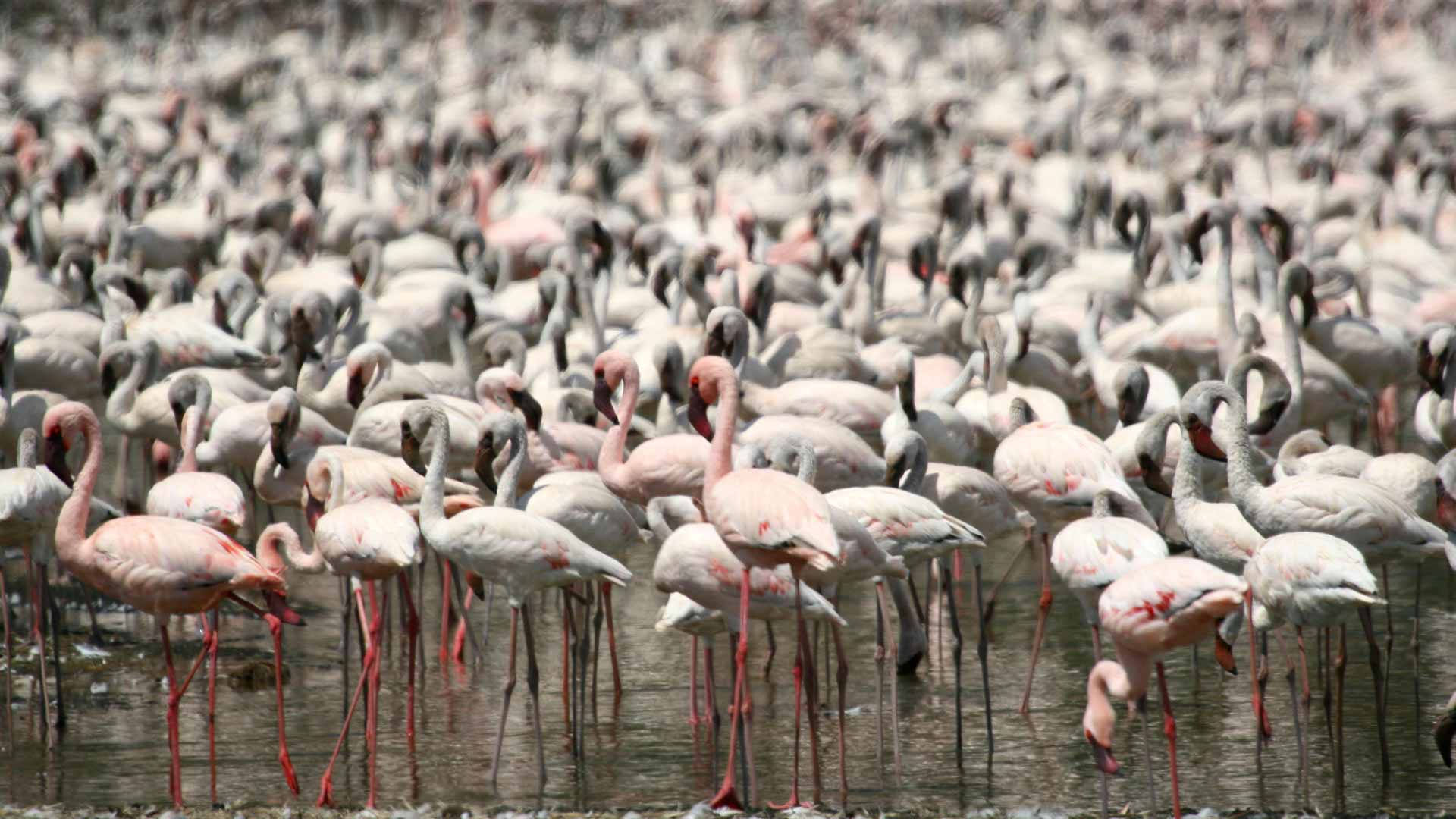 Day trip to either Lake Elementia or Lake Nakuru to see flocks of flamingos (and, in Nakuru, the chance to see rhinos). Flamingos are fickle creatures and we select our days birdwatching location at the last moment depending on where the most flamingos are congregated at that time. We are the only safari company to offer this flexibility. The Lake Naivasha area is the centre of Kenya’s huge cut flower industry and many of the bouquets of flowers sold in Europe are filled with flowers grown in and around Lake Naivasha. After returning from the bird-watching safari we will visit a working flower farm that has a reputation for its eco-friendly policies (which is rare in the cut flower industry).
Day trip to either Lake Elementia or Lake Nakuru to see flocks of flamingos (and, in Nakuru, the chance to see rhinos). Flamingos are fickle creatures and we select our days birdwatching location at the last moment depending on where the most flamingos are congregated at that time. We are the only safari company to offer this flexibility. The Lake Naivasha area is the centre of Kenya’s huge cut flower industry and many of the bouquets of flowers sold in Europe are filled with flowers grown in and around Lake Naivasha. After returning from the bird-watching safari we will visit a working flower farm that has a reputation for its eco-friendly policies (which is rare in the cut flower industry).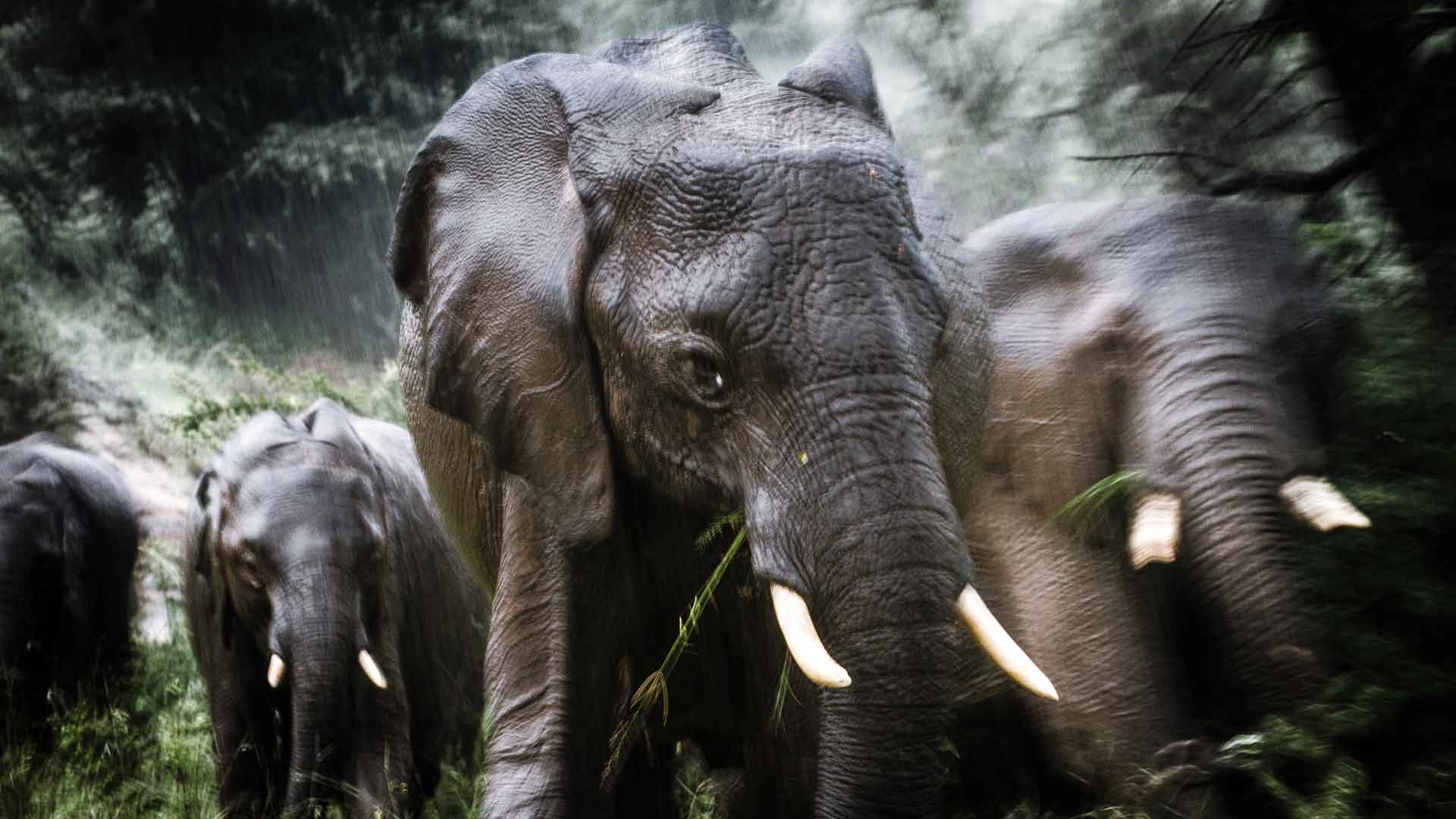 Drive to Nashulai Maasai Conservancy (3hrs) and check into your luxury safari tent. After a three-course lunch set out on a safari within the Nashulai Maasai Conservancy in one of our customised safari vehicles to enjoy a wild chunk of East African wilderness virtually to yourself (only guests of Nashulai Maasai Safaris are allowed within the conservancy). The landscapes within the conservancy are very varied and a complete contrast to those of the nearby national reserve. Here, large, grassy plains are interspersed with areas of dense bush and throughout there are rivers, streams and pools of water which act as natural wildlife magnets. The wildlife populations in the conservancy are impressive, and you are certain to see large numbers of giraffe, zebra, baboons, impala, warthog, wildebeest and many more antelope and gazelle. Buffalo are commonly sighted as are hyenas and elephant. Of the cats there’s a resident pride of lions and cheetah are increasingly common.
Drive to Nashulai Maasai Conservancy (3hrs) and check into your luxury safari tent. After a three-course lunch set out on a safari within the Nashulai Maasai Conservancy in one of our customised safari vehicles to enjoy a wild chunk of East African wilderness virtually to yourself (only guests of Nashulai Maasai Safaris are allowed within the conservancy). The landscapes within the conservancy are very varied and a complete contrast to those of the nearby national reserve. Here, large, grassy plains are interspersed with areas of dense bush and throughout there are rivers, streams and pools of water which act as natural wildlife magnets. The wildlife populations in the conservancy are impressive, and you are certain to see large numbers of giraffe, zebra, baboons, impala, warthog, wildebeest and many more antelope and gazelle. Buffalo are commonly sighted as are hyenas and elephant. Of the cats there’s a resident pride of lions and cheetah are increasingly common.
As the day draws to a close stop for a sundowner drink at a viewpoint inside the conservancy. Return to camp for a three course dinner.
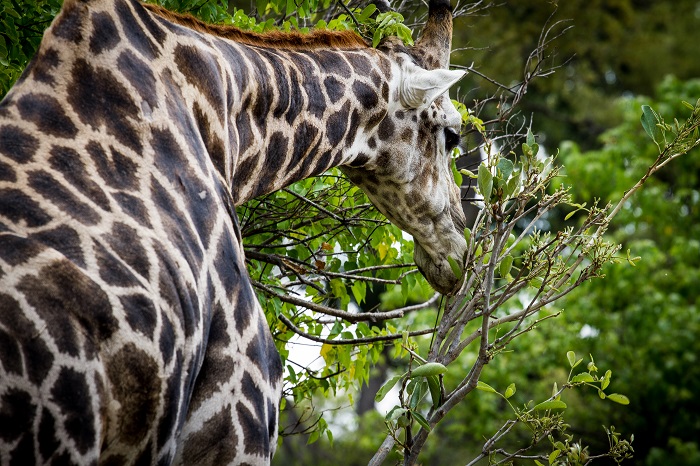 After a filling breakfast you will set out to explore the Nashulai East Conservancy.
After a filling breakfast you will set out to explore the Nashulai East Conservancy.
This area has very varied terrain that includes richly fertile river valleys lined by yellow bark acacia with excellent riverside bird-watching. There are also numerous hills covered in light woodland, which are a real favourite of elephant and buffalo. In fact, Nashulai East sits squarely on an elephant corridor and is one of the best of the Mara area conservancies in which to see these giant creatures. Herds of elephant thirty or more strong are common in this area. In the furthest corner of Nashulai East is the ‘secret plain’ a vast, open grassland with large numbers of grazers, including, in about January to March lots of wildebeest who come here to give birth. This abundance of prey means that the lion pride living here are commonly seen.
Depending upon your preferences we can also include either a short bush walk, during which your guide will explain how the Maasai use the different plants for traditional medical practises and you’ll get to track the wildlife on foot. Or, we can take you to meet some our conservancy rangers and learn about the work of a conservancy and what their day to day role involves.
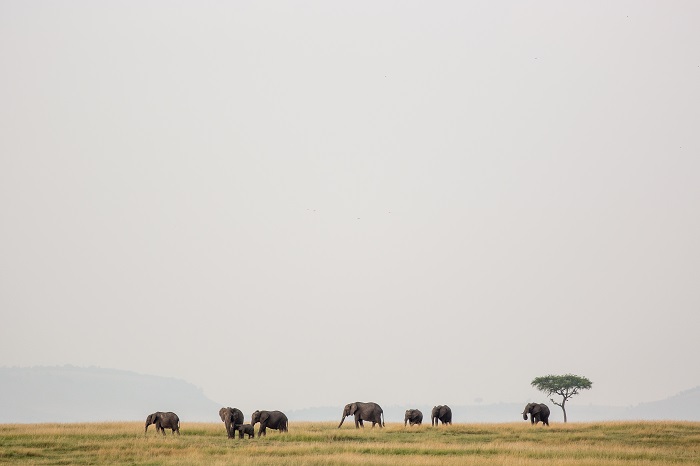 Today is dedicated completely to the Masai Mara National Reserve, a five minutes’ drive away from camp. After a big breakfast you will set out in one of our customised safari vehicles with an expert guide who has intimate knowledge of the Masai Mara National Reserve.
Today is dedicated completely to the Masai Mara National Reserve, a five minutes’ drive away from camp. After a big breakfast you will set out in one of our customised safari vehicles with an expert guide who has intimate knowledge of the Masai Mara National Reserve.
Our expert guide will reveal the wonder of the Mara grasslands to you. The Masai Mara is famous for its big cats. You would be very unlucky to not see at least one group of lions. Leopard and cheetah are both commonly seen as well. The other cats (caracals, servals and wild cats are present but very shy). You will also almost certainly see elephants often in sizeable herds. There are huge quantities of different antelope and gazelle (grants and Thompson gazelle, impala, and topi) and warthogs, zebra, giraffe, hyena, baboons and ostrich are everywhere. While the rivers are populated by crocodiles and hippos. Wildebeest are present year round but between July and early-October the population swells enormously as the million strong herds of migrating wildebeest arrive in the reserve from Tanzania’s Serengeti National park. Seeing such huge numbers of large mammals gathered together is a moment you’ll never forget.
For lunch on day two you can either have a picnic lunch within the reserve and spend the entire day out on safari. Or, you can return to camp for a three-course lunch followed by a rest and then either head back into the reserve for a late afternoon safari or you can do one of our cultural and conservation activities such as a short walking safari within the Nashulai Maasai Conservancy, or meet some of our rangers or visit a Maasai community among other options.
In the evening return to camp where you can enjoy a drink by the fire before a three-course dinner.
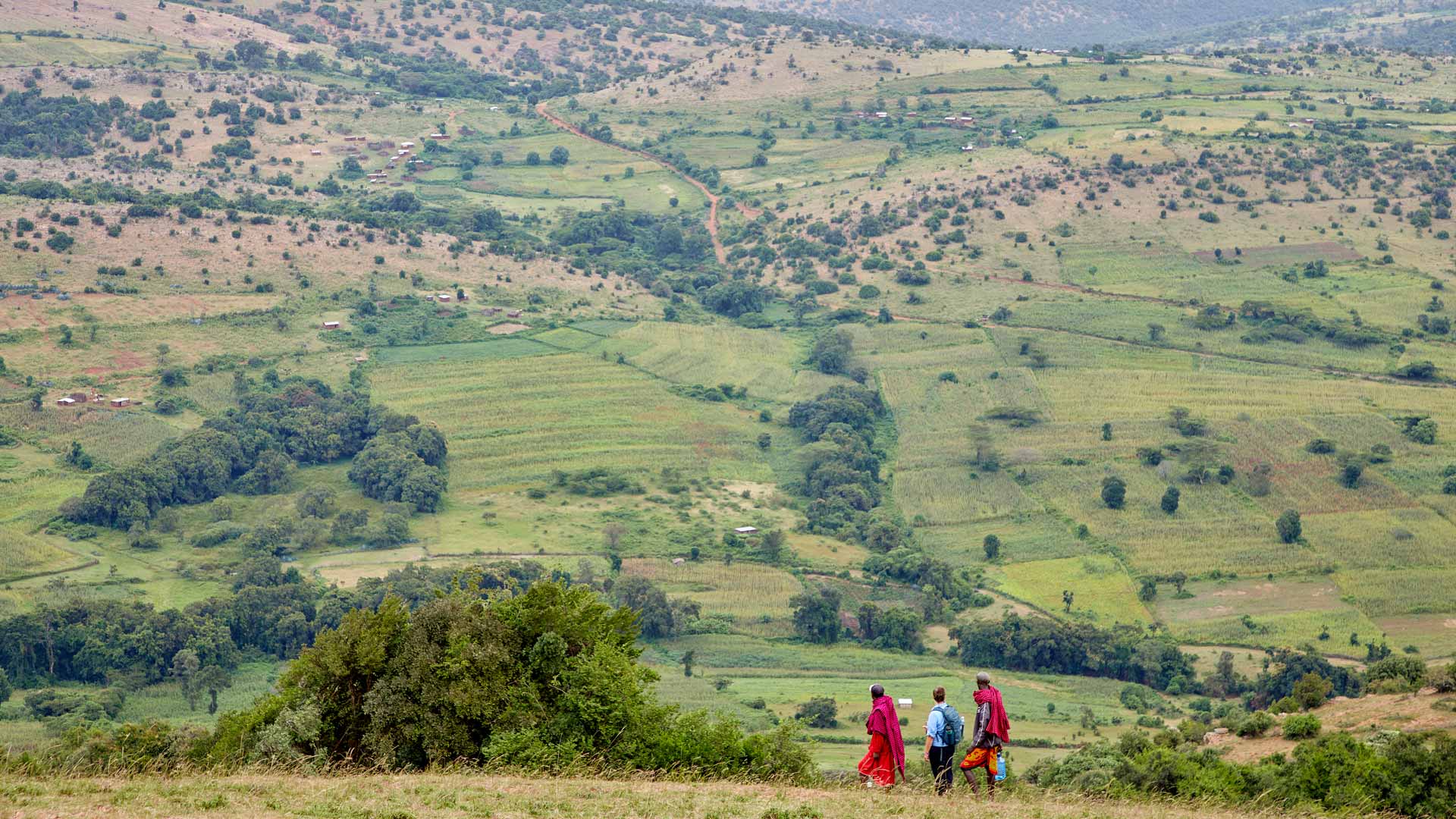 Drive to Loita forest (4hrs excluding stops). Short 2hr forest walk on arrival.
Drive to Loita forest (4hrs excluding stops). Short 2hr forest walk on arrival.
To the east of the Nashulai Maasai Conservancy the land starts to rise up and changes dramatically. This is the Loita Hills. Far removed from the world of safari tourism, this stunning region of stumpy acacia woodlands, wide open plains, rich green farmland and cool, drizzly plateaus, is the last remaining corner of traditional Maasai culture in Kenya. As you venture further east things begin to change again. Slowly, the hills become mountains and soar two kilometres into the sky and it’s here that the Naimina Enkiyio forest – or Forest of the Lost Child – can be found. One of the most unique environments in Kenya, this wild region of dense rainforest pocked with thinly vegetated mountain summits gained its evocative name through a legend about a young Maasai girl who got lost in the forest whilst walking with her livestock. Despite an extensive hunt neither she, nor the livestock, were ever seen again.
Very few Kenyan’s, let alone foreign visitors, are aware of the existence of these hills and forests, and a visit to the Loita Hills and the Forest of the Lost Child is a true adventure into one of the most magical corners of East Africa.
Although the environment here is very different to that of the Masai Mara, these hills and forests are a vital part of the greater Mara-Serengeti eco-system and a key wildlife migration corridor between the Rift Valley and the Mara. The forests teem with buffalo and elephants, and leopard are also common. But, really you come here for what you can’t easily see in the Mara. These forests, which rise like sky islands, off the floor of the Rift Valley are full of animals more commonly associated with the jungles of Uganda and Central Africa. Beautiful colobus monkeys are everywhere and the birdlife is astounding. Even non-birders are amazed by the hornbills, with a wing beat that sounds like a passing helicopter, or the turacos (several species here) which look like a cross between a turkey and a parrot.
As well as being an oases for wildlife, these forests are culturally and religiously significant for the Maasai. The forests contain many sacred glades and are a source of herbs and plants used for traditional medication. The cultural importance has meant that the Maasai have strict social rules in place on exploiting the forest and this has allowed it to remain protected from deforestation and development. Nashulai Maasai Conservancy has been working closely with local community in this area and we are the only conservancy and safari company offering safaris in this region.
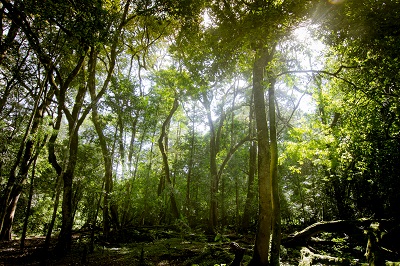
Full day forest hike looking for colobus monkey, hornbills, and turacos. The walk takes in farming villages, dense forests, and viewpoints looking toward Tanzania and the Rift Valley. Walk difficulty can be tailored to ability of group.
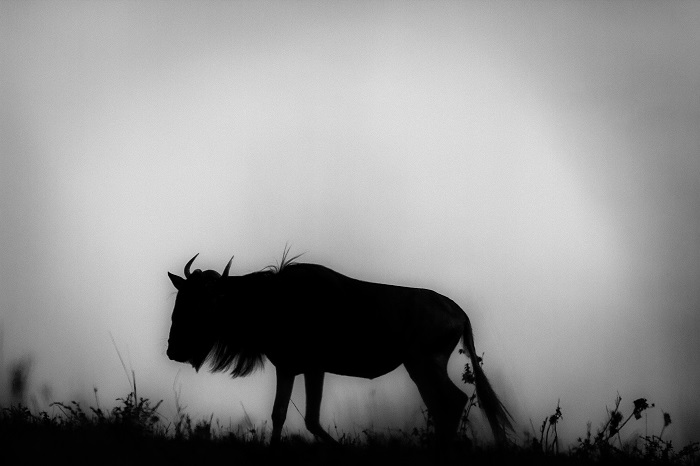 Morning visit to either the bird-watching swamp, or the beading (jewellery) project. Return to Nashulai Maasai Conservancy (you can also return to Nashulai first thing in the morning and do an afternoon Nashulai or Masai Mara safari if you prefer). Traditional Kenyan barbeque in evening with Maasai elders.
Morning visit to either the bird-watching swamp, or the beading (jewellery) project. Return to Nashulai Maasai Conservancy (you can also return to Nashulai first thing in the morning and do an afternoon Nashulai or Masai Mara safari if you prefer). Traditional Kenyan barbeque in evening with Maasai elders.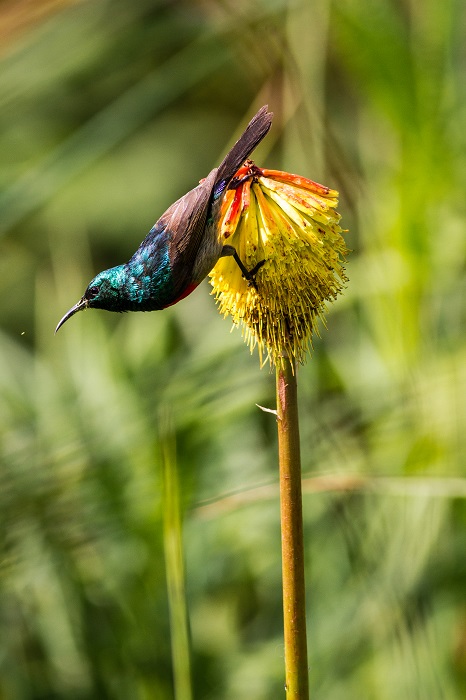 Morning flight from Masai Mara to Entebbe (Uganda). Transfer to Kibale forest (5hrs depending on traffic around Kampala). Activity in the evening depends on time of arrival, but after the long journey most people are happy to spend time in the lodge grounds bird-watching.
Morning flight from Masai Mara to Entebbe (Uganda). Transfer to Kibale forest (5hrs depending on traffic around Kampala). Activity in the evening depends on time of arrival, but after the long journey most people are happy to spend time in the lodge grounds bird-watching.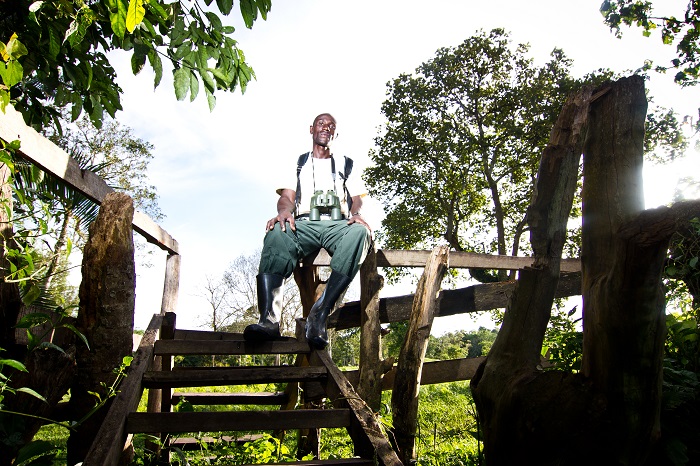 Visit Bigodi wetlands for birdwatching and walking. Forest nature walk in the afternoon. The Bigodi Wetlands are a community conservation project that safeguards the Magombe swamps which fade into the Kibale Forest National Park. The swamp supports a wide variety of sitatunga antelope and red-tailed monkeys among many others. But, it’s the bird life that makes this place truly outstanding. 138 bird species – including the magnificent great blue turaco – have been identified within the wetlands and expert bid guides will ensure you get to tick off more than a few of these. Many people manage 50 species in just a few hours. Not just are the wetlands good news for wildlife but people have benefitted too. This is a community-run and established conservation project and the income raised from the visits has funded the construction of both primary and secondary schools for the nearby communities and pay the school teacher salaries.
Visit Bigodi wetlands for birdwatching and walking. Forest nature walk in the afternoon. The Bigodi Wetlands are a community conservation project that safeguards the Magombe swamps which fade into the Kibale Forest National Park. The swamp supports a wide variety of sitatunga antelope and red-tailed monkeys among many others. But, it’s the bird life that makes this place truly outstanding. 138 bird species – including the magnificent great blue turaco – have been identified within the wetlands and expert bid guides will ensure you get to tick off more than a few of these. Many people manage 50 species in just a few hours. Not just are the wetlands good news for wildlife but people have benefitted too. This is a community-run and established conservation project and the income raised from the visits has funded the construction of both primary and secondary schools for the nearby communities and pay the school teacher salaries.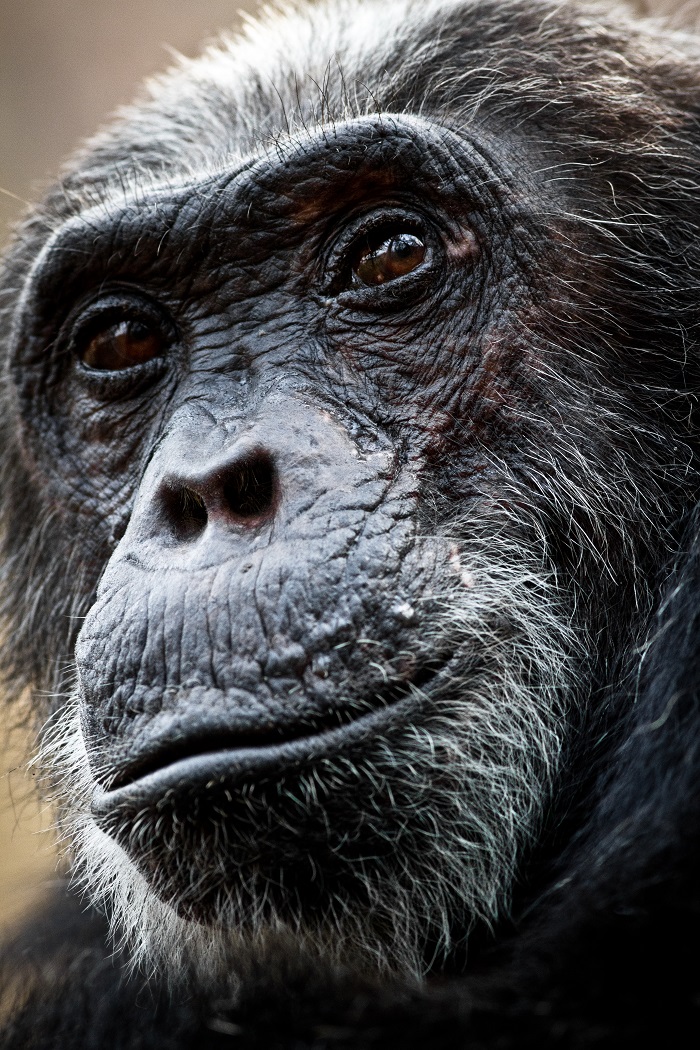 Full day chimpanzee habituation experience. Most people visiting the chimpanzees only get to spend one hour with them. On this safari though we have the very special opportunity to spend from dawn until mid/late afternoon with the chimpanzees. This is one of the best wildlife experiences in Africa and will be the highlight of your safari. A chimpanzee encounter is considerably more active than a gorilla one and during this encounter you can expect to do a fair bit of hiking as you will need to keep up with the chimpanzees as they move through the forest in search of a meal. Although we must maintain a distance from the chimpanzees they are under no such obligation and may at times approach you very closely. Children are forbidden from joining a chimpanzee encounter.
Full day chimpanzee habituation experience. Most people visiting the chimpanzees only get to spend one hour with them. On this safari though we have the very special opportunity to spend from dawn until mid/late afternoon with the chimpanzees. This is one of the best wildlife experiences in Africa and will be the highlight of your safari. A chimpanzee encounter is considerably more active than a gorilla one and during this encounter you can expect to do a fair bit of hiking as you will need to keep up with the chimpanzees as they move through the forest in search of a meal. Although we must maintain a distance from the chimpanzees they are under no such obligation and may at times approach you very closely. Children are forbidden from joining a chimpanzee encounter.This fourteen day/thirteen night safari includes
price does not include
Prices for our Wildebeest and Chimps safaris vary on the time of year, the number of people in your group and which of our two Nashulai camps you choose to stay in.
Prices based on low season travel, two people sharing accommodation start at US**** per person.